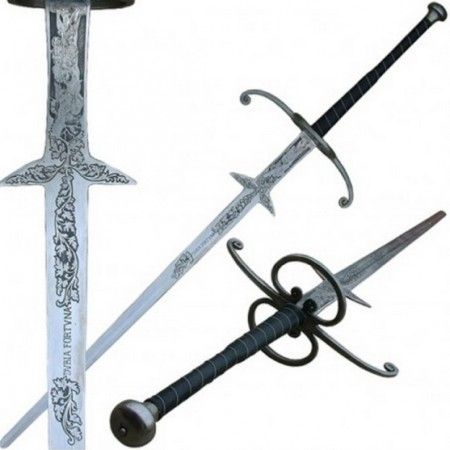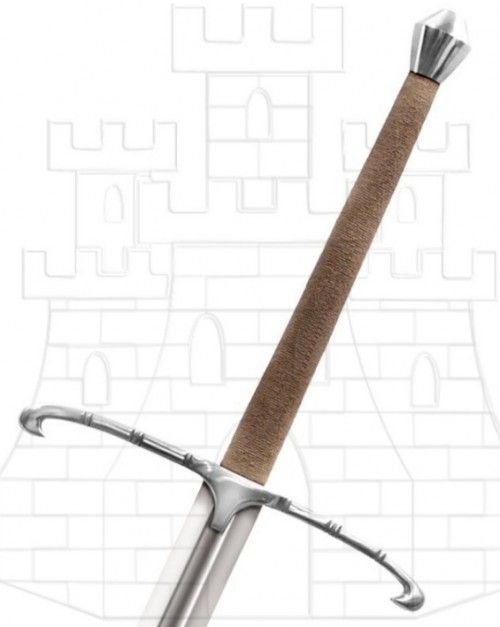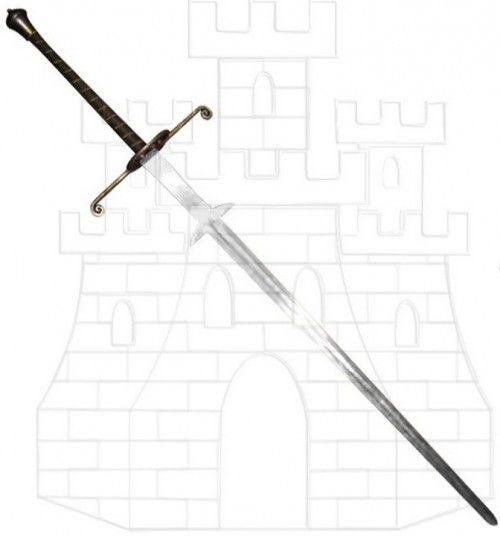What is a Montante?
The montante, also known as the spadone, is one of the most iconic weapons of the medieval and Renaissance eras. These imposing swords were skillfully wielded with both hands, reflecting the prowess and strength of the warriors who carried them. Let's delve into their details, from their origins to their evolution, to better understand their historical and functional significance.

Origin and Etymology
The term "montante" refers to long and robust swords, primarily handled with two hands. The dictionary records its use since the 14th century and it remained present in literature and the jargon of weapon experts until the 19th century. This terminology establishes an undeniable link to the past, evoking times of chivalry and epic battles.
Characteristics of the Montante
- Length and Weight: Montante swords typically measured between 1.60 and 2 meters. Contrary to what one might think given their size, their weight was generally under 2 kg, facilitating agile handling with both hands.
- Blade and Quillons: The blade could be straight or curved depending on the style and time period. The quillons, vital for the weapon's structure, initially started straight and over time became curved to improve their use and effectiveness in combat.
- Grip and Pommel: Designed for a firm and secure grip with both hands, the grip often exceeded one-third of the length of the blade. The pommel, with a broad and heavy structure, counterbalanced the weight of the blade, providing optimal balance to the weapon.

Historical Use
During the Middle Ages, particularly from the 11th century onwards, the medieval cavalry adopted the montante as part of their arsenal. Knights, defenders of feudal domains often involved in the Crusades, used these weapons to impose authority and protect their lands. In the 16th century, montante swords continued to be instrumental; in particular, the German Landsknechts, mercenary soldiers serving the Hispanic monarchy, wielded these great swords to disrupt enemy formations and create chaos among rival lines.
Evolution and Modern Use
Although the term "montante" has fallen out of use, the word "spadone" remains, derived from "spatha," a Greek term that displaced "gladius" from vulgar Latin. Today, the montante is primarily studied by enthusiasts of ancient fencing, a discipline included within the so-called Western martial arts.

The montante is more than just a weapon; it is a testament to the ingenuity and military skill of past eras. Its captivating design and practical functionality allowed its relevance for centuries, and today it inspires fascination and interest among those studying the history and art of sword combat. The majesty of this spadone endures as a symbol of power and precision in the history of weaponry.
















